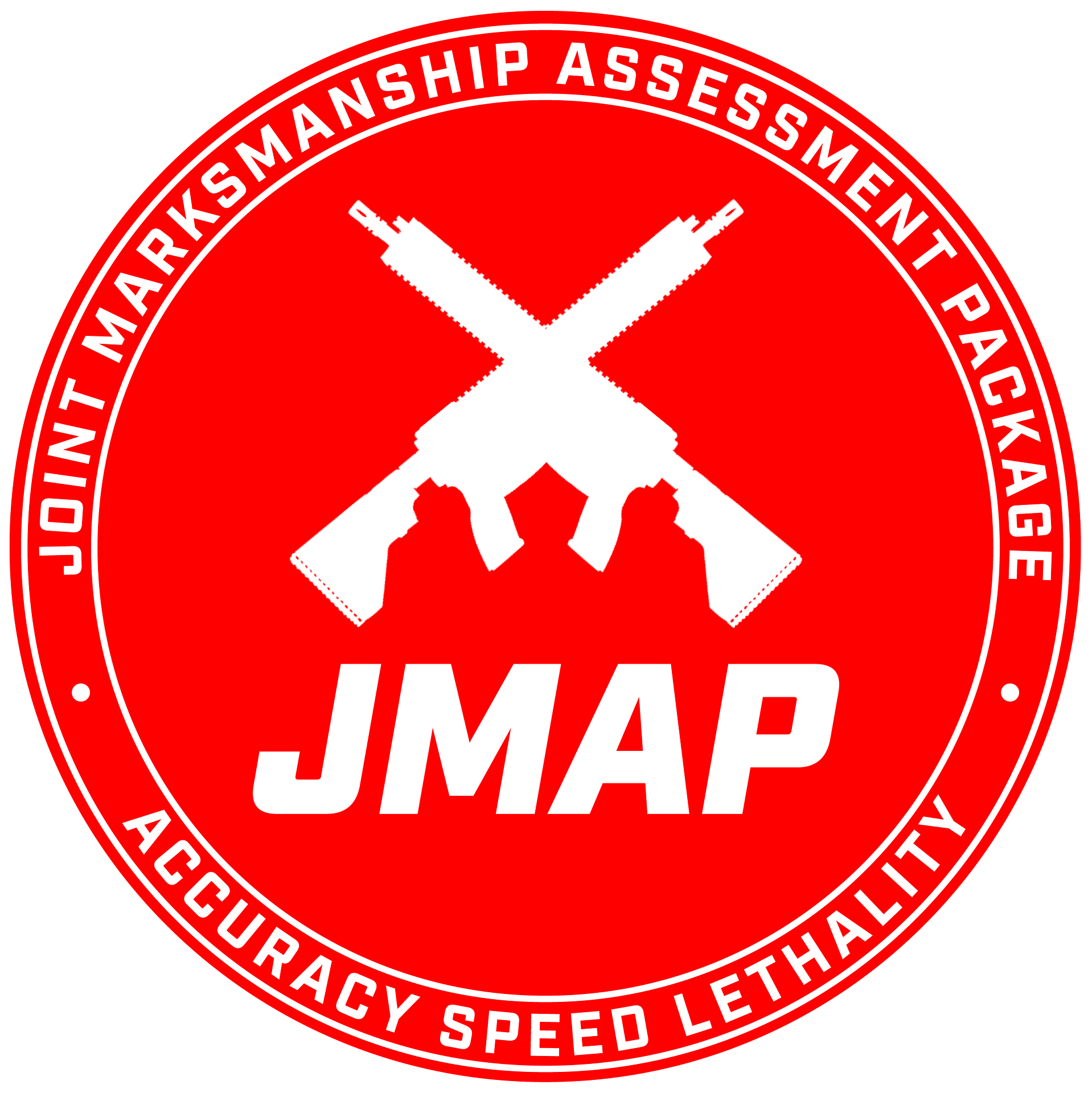
Abstract – Learn a Lot from a Little Bit of Shooting
A ScoringTech Marksmanship Assessment (STMA) gives your organization an unprecedented and detailed knowledge of the marksmanship ability of their individuals, component units, and total force – in ways they understand (wins/losses vs a threat). STMA data and assessment analysis are private to your organization. We compare you to a threat, not other units/agencies (although we can if they agree).
Using JMAP and our time-measurement technology we conduct large scale assessments on hundreds of shooters in a day. Or a team in 1/2 an hour. Our field team does this weekly somewhere. And our larger customers can run them on their own.
Want to know more? Call or e-mail. We are happy to have a field team conduct a small test to give you a taste of what you can learn, and to discuss the questions you need answered to design your perfect assessment and analysis dashboard/report.
Winning Gunfights means both SPEED and ACCURACY. An STMA measures BOTH.
In a conventional LE/Military qualification, times are fixed at a “par” with accuracy serving as the only performance measurement. An STMA does not have a par and uses our assessment package to measure each shooter’s individual time per drill down to .01 of a second (this can even be done concurrently, to minimize dead time when testing large groups). Assessing Time/Accuracy measures the actual performance each shooter – exactly how long does it take them to make a hit, and how many effective hits can they make per second?
Key Marksmanship Metrics:
For carbine, rifle, or handgun, the STMA measures:
Time to First Hit at each Distance
Effective Hits Per Second at each Distance/Target
Hit Probability Per Distance
Simulated battles, run hundreds of thousands of times against a modeled threat (which we work with you to identify their performance parameters) yield these key performance indicators (KPIs):
Time to Stop Threat
Number of Rounds Used
Number of Misses (unaccounted rounds) from good guy and bad
Win % and Loss %
Process
\We work with you to design the test – including what targets and course(s) of fire based on your mission and organization. We will ensure the tests are scientific, avoid learning effects, and are statistically, cognitively, scientifically correct.
We will help you choose the proper population to test. Easiest is “everybody”, but if that isn’t feasible our data scientists (and marksmanship experts) will work with you on a population selection method that keeps the audit accurate.
Finally, on assessment day, we will be there to ensure the audit is implemented correct and in an unbiased fashion – that can include running and scoring shooters. And of course we will bring all the measurement equipment
If you are performing multiple/on-going assessments (recommended), our data scientists will .
Audit Results
On completion of the STMA, we’ll give you the following breakdowns:
- Data Breakdown (Per Individual, Per Drill)
- Average, Best, Worst and Extreme Spread of each metric, per shooter, per drill.
- Personnel / Sub-Unit Ranking
- Rank unit members and sub-units (e.g squads, teams, platoons, classes) based on performance on the STMA, in order to recognize top performers and incentivize training within the unit.
- Battle Analysis – breaking down unit/sub-unit/individual performance in millions of simulated gunfights against a modeled threat.
You will also have a consultation with one our marksmanship experts to identify key areas of improvement and what might be done about them.
Want to give it a try, or learn more?
Contact our Assessment Lead – Brian Nelson (brian@scoringtech.com) to discuss. He, and our field team, have run hundreds of assessments on thousands of shooters. He loves talking shooting and the measurement of shooting skill.


Comments are closed